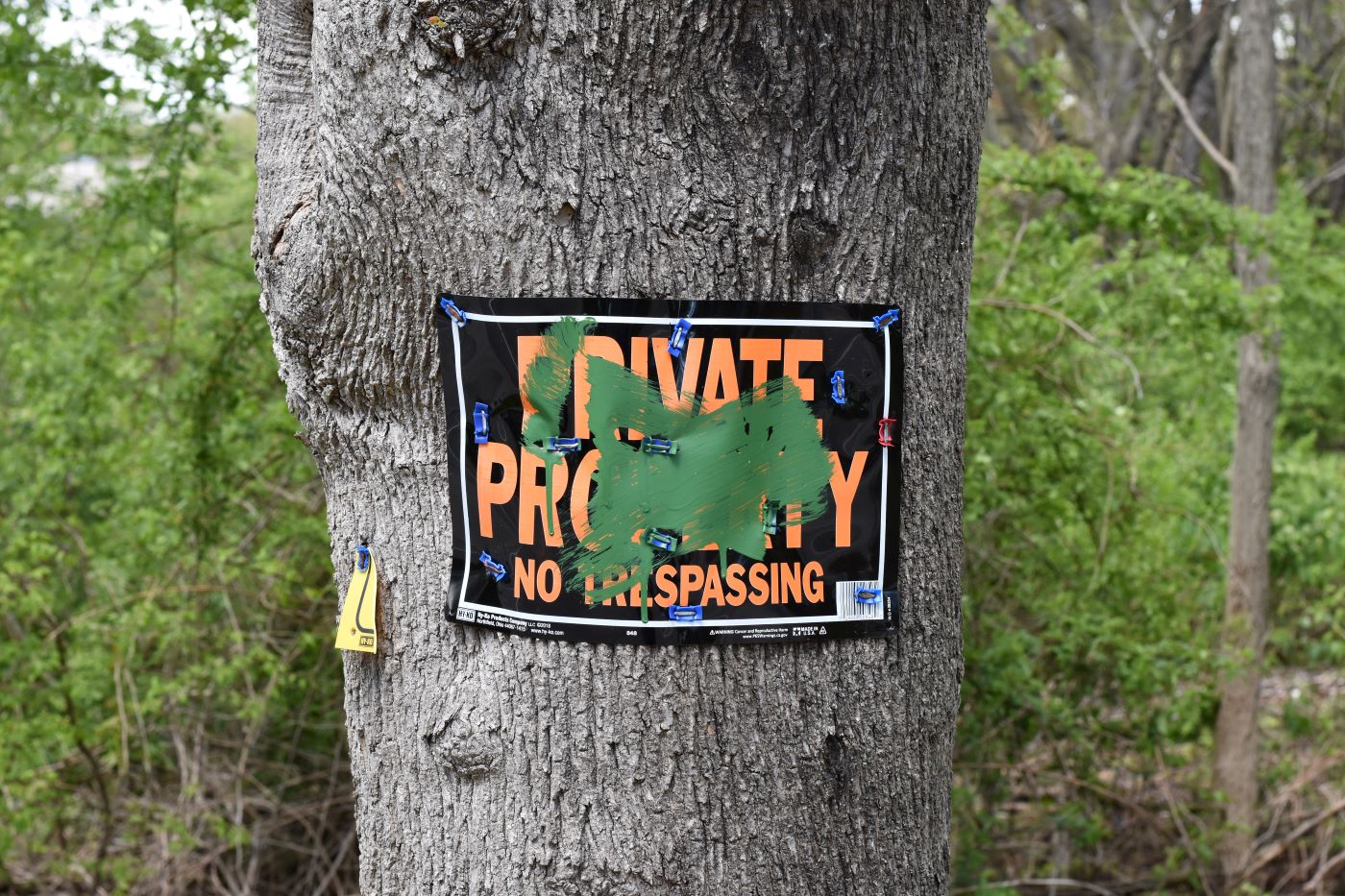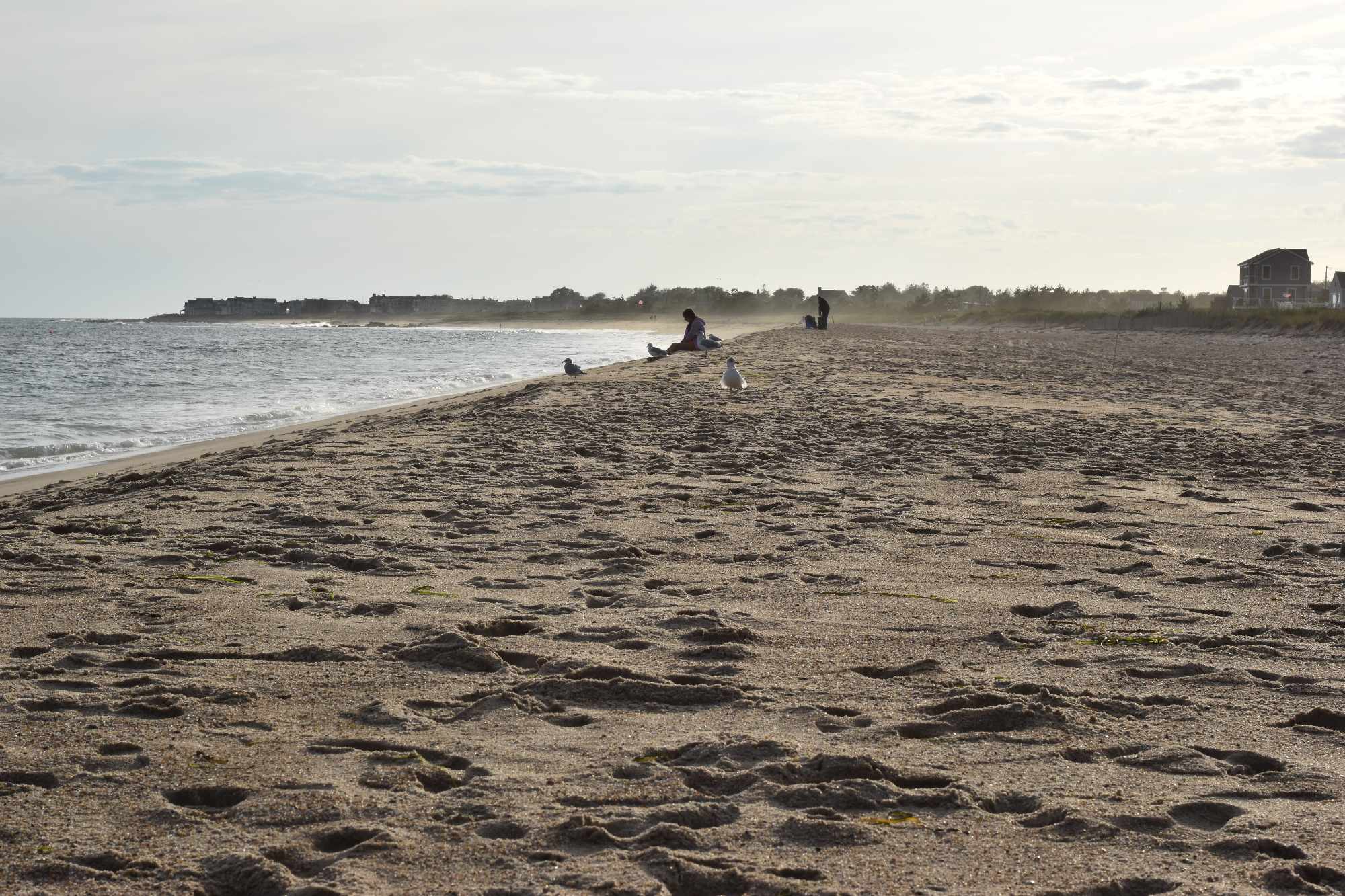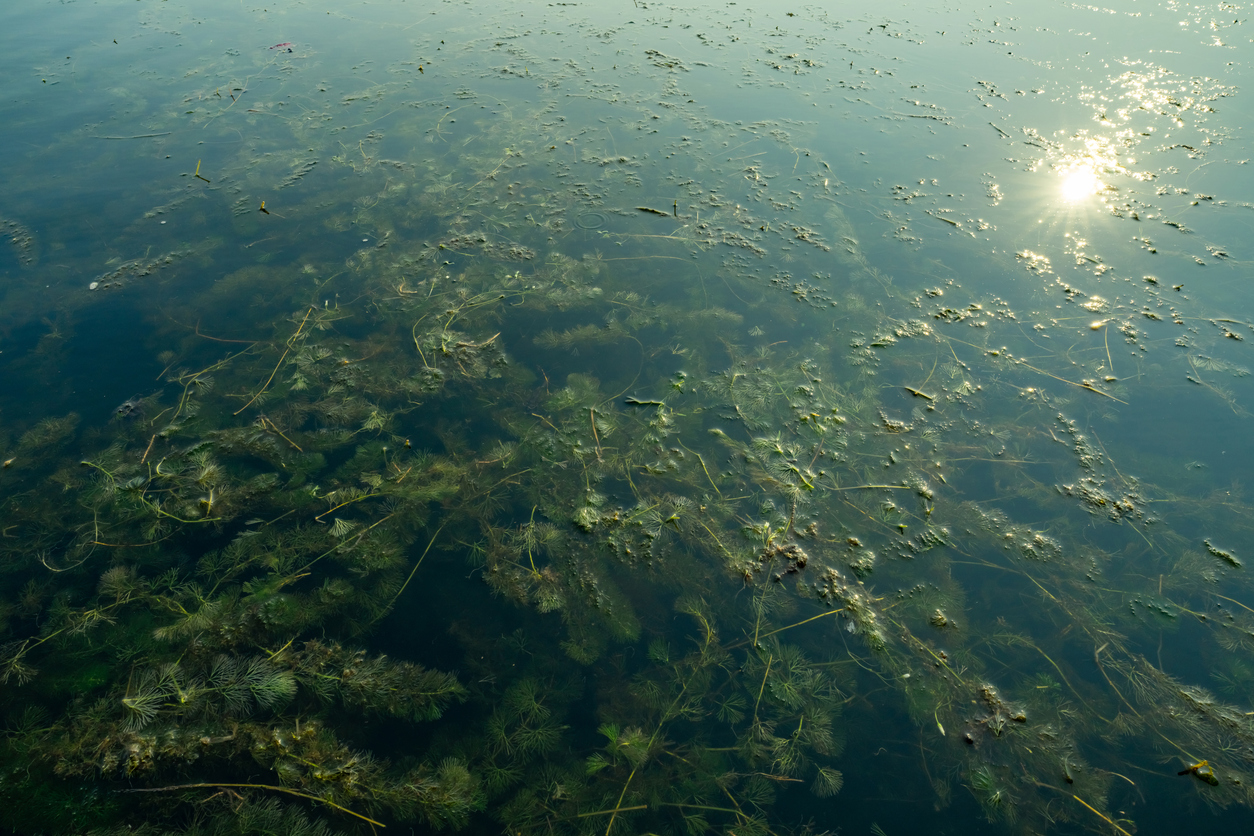CRMC Goes Fishing for Coastal Data
April 1, 2024
PROVIDENCE — State coastal regulators have a new tool that will help them make decisions on shoreline development projects.
It’s called the Rhode Island Recreational Fishing Tool, a first-of-its-kind probe performed in the state that surveyed some 300 residents on what they like to fish for and where. Data from the surveys was uploaded into a GIS map identifying about 2,500 coastal fishing spots around Rhode Island. The Coastal Resources Management Council said it expects to use the tool when making permitting decisions that impact fishing, such as aquaculture siting.
“It’s another tool that staff is going to be able to use in their evaluation of applications from the agency,” said Jeff Willis, CRMC executive director.
The tool was a collaboration between CRMC, the Rhode Island Saltwater Anglers Association (RISAA), the state Department of Environmental Management, Rhode Island Sea Grant, the Environmental Protection Agency, and the Coastal Resources Center at the University of Rhode Island.
“We not only learned where fishers are fishing,” Abbey Greene, a marine research associate from the Coastal Resources Center, said at a CRMC meeting last month. “But we understood where they were fishing if it was in the spring, summer, fall or winter, and this helps when it comes to mitigating conflict among coast users.”
Where are anglers fishing in Rhode Island? The answers may not be surprising. The top five most popular answers in the survey identified Fort Adams and Brenton State parks in Newport, Point Judith and the mouth of the Narrow River in Narragansett, and the Charlestown Breachway. Other popular spots included Galilee in Narragansett, Beavertail State Park in Jamestown, and Weaver Cove in Portsmouth.
According to the survey, the most popular fish to catch among Rhode Island’s anglers are striped bass, black sea bass, and bluefish. Also, 97% of respondents said they fish in the summer, 78% said they fish in the spring, 77% said they fish in the fall, and only 22% said they fish in the winter.
Recreational fishing is serious business. More than 80,000 Rhode Islanders fish recreationally, with an equal number of out-of-staters coming here to fish, according to the Rhode Island Environmental Monitoring Collaborative.
Recreational saltwater fishing is a big economic drive in the state, bringing in as much as $419 million annually after factoring in hospitality, restaurants, bait shop, and marina spending.
But the recreational fishing industry has been in loggerheads with offshore wind and aquaculture in recent years, as demand and applications from these industries propose taking away what anglers claim are prime possible fishing spots.
Tensions have been increasing in recent years. CRMC’s own Fishermen’s Advisory Board (FAB) made headlines last September, when the nine-member stakeholder panel resigned en masse and refused to work with the coastal agency.
The FAB, which advises CRMC on the impacts of offshore wind to Rhode Island’s fisheries, accused the agency’s process as “political theater” and claimed regulators were deferring to offshore wind developers at the cost of the requirements laid out in the Ocean Special Area Management Plan, the document that governs development in ocean waters off Rhode Island.
But at last month’s CRMC meeting, Scott Travers, RISAA’s executive director, sang a much different tune, praising the new dataset as a “fantastic tool.” Travers told council members an aquaculture applicant approached RISAA about a potential aquaculture lease siting, and used the data to pinpoint an amended aquaculture plan that will result in fewer complaints from recreational anglers.
“It’s going to absolutely help to streamline the process for applicants,” Travers told the council. “It will result in people having less conflict out in the water, because we’ll be able to take a look at all the data we have here.”
The Rhode Island Recreational Fishing Tool is expected to be updated every 5-10 years.




Sounds like a well thought out approach and communication with RISAA prior to final decisions regarding aquaculture (and wind power) locations seems like a no brainer to me. You’re never going to satisfy all anglers but using a tool such as this should help minimize conflicts somewhat.
Great information. Thank you for sharing.
Data driven decision making has finally arrived. This will help greatly in supporting better decisions.